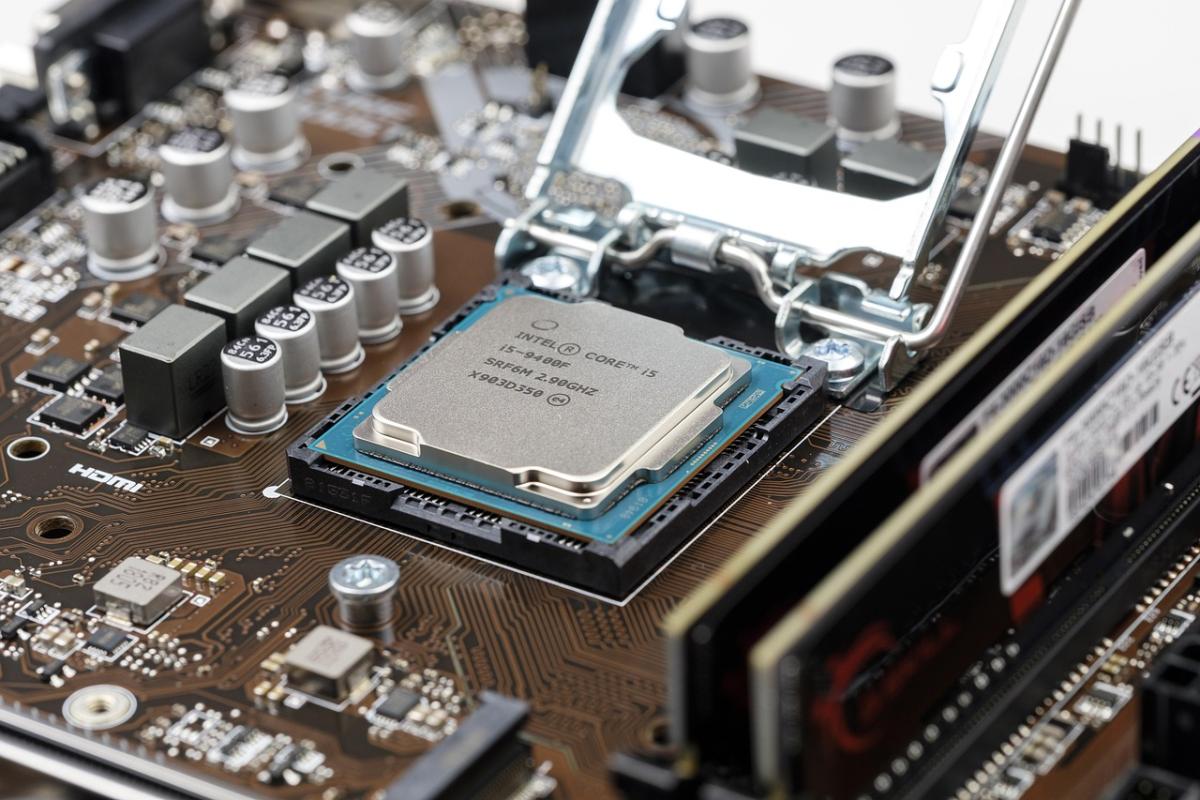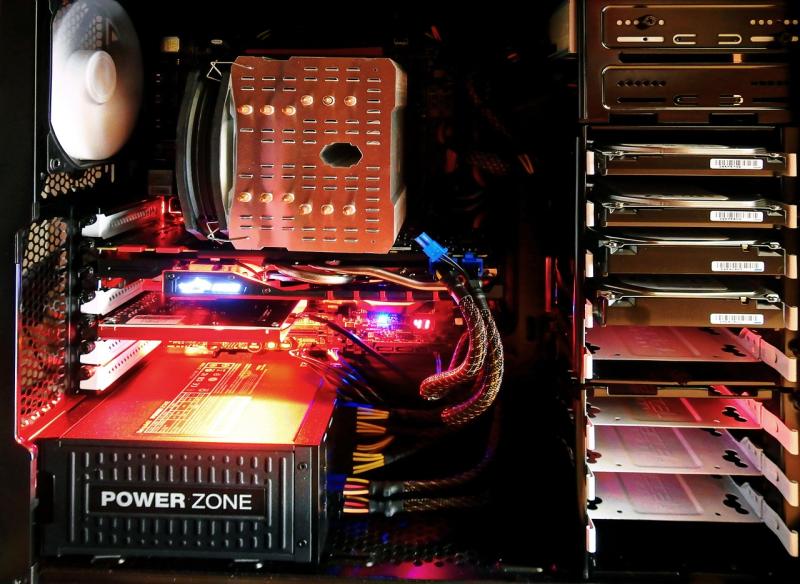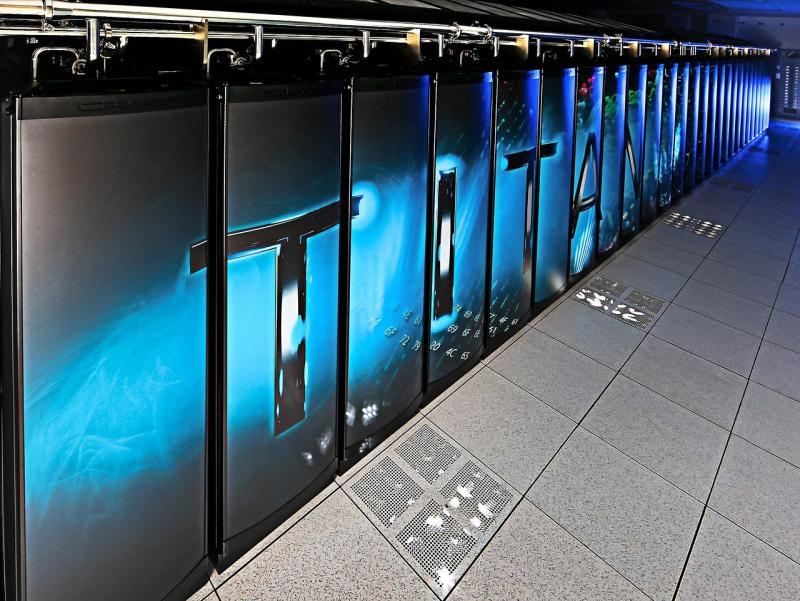**Introduction**
The semiconductor industry is at the brink of a revolutionary milestone as 3nm process technology begins to power the next generation of PC processors. Shrinking transistors to the atomic scale not only boosts processing power dramatically but also enhances energy efficiency and reduces heat production. This monumental advancement addresses the growing demand for powerful yet compact CPUs, making them ideal for gaming, artificial intelligence, and professional workloads. This article examines how 3nm process technology is transforming PC CPUs, its technological breakthroughs, and the substantial benefits it offers in performance, power, and overall system reliability.
**Technological Innovations**
- **Ultra‑Fine Lithography:**
Cutting‑edge 3nm fabrication leverages extreme ultraviolet (EUV) lithography to achieve unprecedented precision. This results in increased transistor density, lower leakage currents, and faster switching speeds compared to larger process nodes.
- **Improved Power Efficiency:**
With transistors operating at smaller geometries, power consumption is drastically reduced. Advanced voltage scaling and improved insulation between transistors contribute to significantly lower thermal output and energy usage per operation.
- **Enhanced Performance and Multithreading:**
The 3nm node allows for more cores per chip without increasing die size. This expansion in core count, coupled with higher clock speeds, enables unparalleled performance for multitasking, demanding gaming, and complex computational tasks.
- **Robust 3D Integration:**
Innovative stacking and 3D packaging techniques facilitate better interconnection between cores and memory, reducing latency and enabling faster data exchange, a critical factor for next‑gen AI and real‑time processing applications.
**Applications and Benefits**
- **Superior Gaming and Graphics:**
Enhanced CPU performance delivers smoother gameplay, higher frame rates, and improved real‑time ray tracing—key factors for competitive gaming and immersive VR.
- **Optimized AI and Data Analytics:**
Increased core density and lower power consumption enable faster processing of AI algorithms, deep learning tasks, and big data analytics, making 3nm CPUs ideal for professional workstations and research applications.
- **Energy Savings:**
Lower power requirements reduce operational costs and improve battery life in mobile and ultrabook devices, contributing to more sustainable computing.
- **Compact yet Powerful Systems:**
The smaller die size allows for slimmer, lighter, and more energy‑efficient devices, revolutionizing portable computing without compromising performance.
**Future Directions**
Future advancements in 3nm process technology may focus on further refining defect density and yield rates while exploring sub‑3nm geometries. Integration with emerging AI accelerators and custom chiplet architectures could lead to highly specialized processors tailored to both consumer and enterprise needs, further driving performance improvements. As research into quantum effects at ultra‑small scales continues, a new frontier in CPU design may emerge.
**Targeted Keywords:**
3nm process, next‑gen CPU, ultra‑fine lithography, high‑performance processor, energy‑efficient CPU, advanced semiconductor, next‑gen computing, compact CPU, future‑proof processor
View our related products
See more

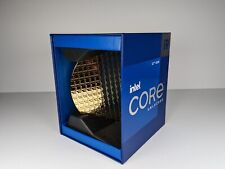
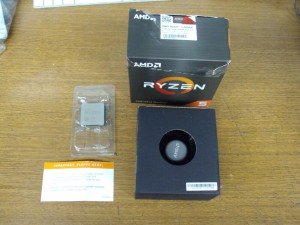
3nm Process Technology in PC CPUs
Revolutionizing Performance and Efficiency
Related Articles
Essential High-Performance PC Components You Need Now
Upgrade your setup with the must-have parts for unbeatable gaming and productivity
Top Picks for Best High-Performance PCs
Find the perfect power machine for gaming, work, or creative projects
Your Guide to the Best High-Performance PCs
Find the Right PC for Your Gaming and Creative Needs
View our related products
See more



